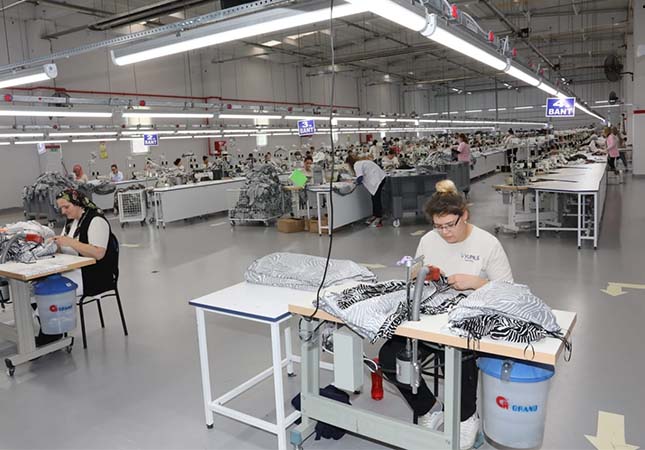A textile inspection machine is critical in the textile manufacturing process to identify fabric defects in order to ensure that the final product meets quality standards, customer expectations, and industry regulations.

General Steps&Details for Fabric Inspection
General Steps of Fabric Inspection:
Identifying fabric defects can be done through a visual inspection process that involves closely examining the fabric and looking for any irregularities or abnormalities. Here are the general steps to follow to identify fabric defects:
1. Spread out the fabric
Before beginning the inspection process, it's important to spread out the fabric on a flat surface. This will make it easier to see any defects that may be present.
2. Check for uniformity
The first step in identifying fabric defects is to check for uniformity. Look at the fabric to see if the color, texture, and pattern are consistent throughout. Any variations in these areas could be an indication of a defect.
3. Look for flaws
Once you've checked for uniformity, start looking for specific flaws such as knots, slabs, broken or weak fibers, uneven weaving, uneven dyeing, misaligned patterns, pilling, stains, discoloration, snags, and tears. Pay attention to both the front and back of the fabric.
4. Check for finishing defects
Finally, check for any finishing defects, such as uneven hemming or stitching, loose threads, or raw edges. These types of defects can affect the overall appearance and quality of the fabric.
Details of Fabric Inspection
1. Use good lighting
Good lighting is essential for identifying fabric defects. Choose a well-lit area with bright, natural light, or use a bright artificial light source to ensure that you can see any small details.
2. Use a magnifying glass
If you're having trouble seeing small defects, a magnifying glass can be helpful. This can help you see tiny details that might not be visible to the naked eye.
3. Check the fabric from different angles
Sometimes defects can be difficult to spot from a single angle. To ensure that you're not missing anything, check the fabric from different angles and in different lighting conditions.
4. Compare with a sample
If you have a sample of the same fabric or a similar fabric, use it for comparison. This can help you identify any differences in color, texture, or pattern that could indicate a defect.
5. Conduct a pull test
To check for weak or broken fibers, conduct a pull test by gently tugging on the fabric. If the fabric tears easily or feels weak, it may have defects in the fibers.
6. Use a fabric inspection machine
Fabric inspection machines, such as those offered by SUNTECH, use advanced camera systems and software to identify defects with high precision and speed. This can save time and improve the accuracy of the inspection process.
Conclusion
By using these techniques and tools, textile manufacturers and inspectors can identify and address fabric defects more effectively, ensuring that the final product meets high-quality standards.
The SUNTECH textile inspection machine is designed to help manufacturers improve the quality and efficiency of their operations by identifying and eliminating fabric defects before they reach the end customer, and have lots of advantages including but not limited: to high-speed inspection, precision defect detection, customization inspection settings, automatic defect marking, user-friendly interface, modular design.
SUNTECH provides the textile industry machines textile industry around the world, helps them to improve the efficient, decrease the labor costs. SUNTECH offers numerous types of textile machinery: visual inspection defects, fabric releasing machine, automatic packing machine, fabric measure and cutting machine, beam storage, transporte y almacenamiento de textiles,manejo y almacenamiento de materiales, tipos de equipo para el manejo y almacenamiento de materiales,fabric roll cutting machine etc. If you are interested in us, please contact us now!




